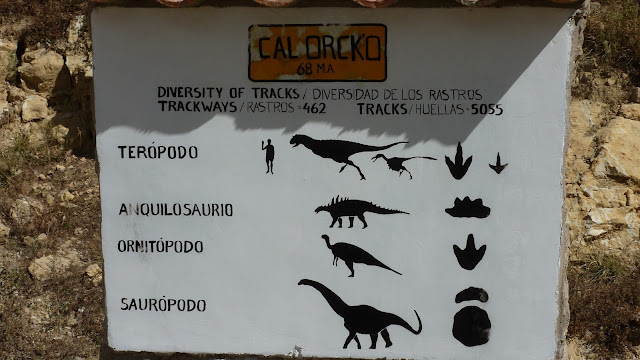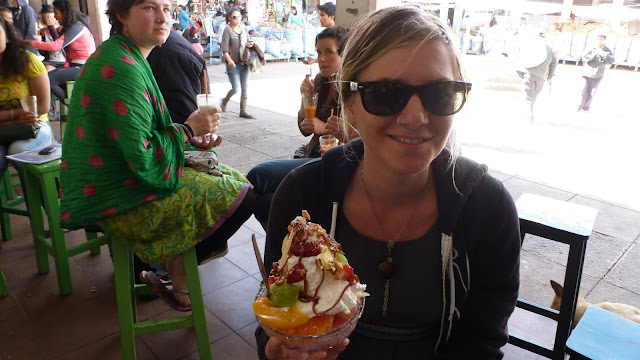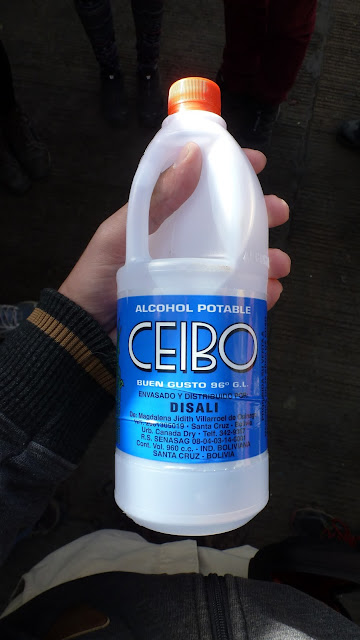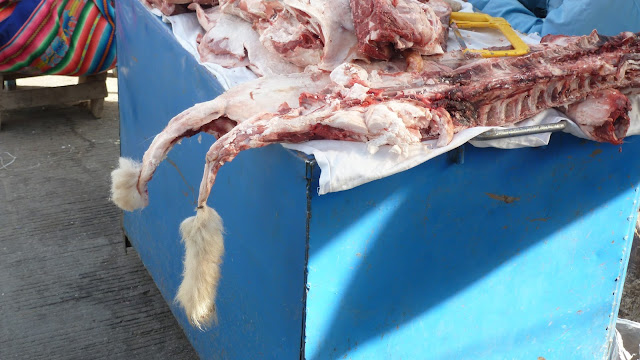Lake Titicaca - the facts
- Titicaca means grey puma in the local language Aymara
- It is considered the largest navigable lake in the world
- It is at an altitude of about 3 800 m
- It has an area of about 58 000 km2
- Is straddles both Peru and Bolivia
Lake Titicaca was a name I knew before starting out on this trip, I guess because it sounds funny, but I knew nothing about it. I didn't even know where it was. So it was a pretty awesome opportunity to not only learn about Lake Titicaca but to visit it as well.
If you are visiting from the Peruvian side you'll probably end up in Puno. This is a pretty average town, you pretty much just want to get there, visit the lake and leave. But we did manage to find some good pizza there. There was sooo much pizza!
 |
| Our first view of the lake - to be honest we weren't blown away and were wondering what the big deal was |
We booked a day tour to visit the Floating Islands of Uros and Taquile Island.
Floating Islands of Uros
These islands are made totally from reeds that grow in the lake. People have been building them for hundreds of years. Every two weeks they redo the surface of the islands because they start to rot. This involves picking up your house that's made from reeds, moving it out of the way, putting more reeds down and then putting your house back to its original spot. They even eat the reeds as a snack. There are many different islands, each with a handful of families living on them. Apparently they used to be bigger but the children would play and there would be accidents where they fell into the lake. The solution to this problem was to break up the islands, I guess to separate the children.
Everyone talks about how touristy the islands are, which is true, but the people there seemed really friendly and I don't think you should miss the opportunity to see and walk on these crazy things.
 |
| They were a colourful people |
 |
| The people catch/farm these fish and sell them to people on the main land to acquire other supplies |
 |
| A diorama of how the islands are constructed |
 |
| We got to dress up in traditional costumes on the insistence of one lady |
 |
| They don't really use the reed boats to get around, those are just for tourists |
 |
| The inside of a typical house |
Taquile Island
After mucking around in the floating islands we visited this small island. It was pretty rural with shepherds and their sheep dotted all about the place. This island was home to some interesting customs. Knitting is a big part of the culture. You are not a man until you can knit and you are living with a woman. Before you achieve these two things no-one in the community will listen to you. The men spend months making beanies that are woven so tight they are supposed to be able to hold water for 5 seconds.
We didn't do much on this island, just went for a nice stroll, had a look around the main square and ate lunch (locally caught trout from the lake of course).
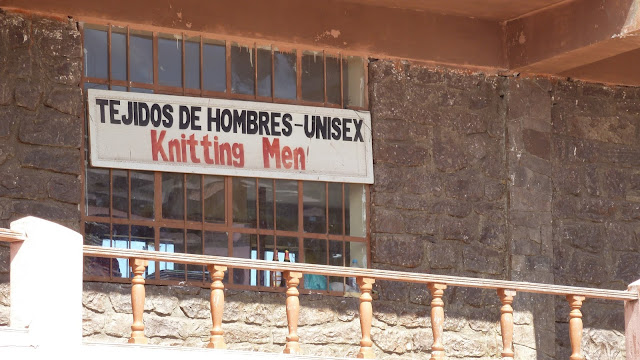 |
| I ended up buying a belt from one of the knitting men |
 |
| The main square |
 |
| Lake Titicaca from Taquile |
The day after this tour we headed straight for Copacobana, the main jumping off point for Lake Titicaca on the Bolivian side. It's about a 3 hour journey from Puno. We had heard that the Bolivian side of Lake Titicaca is much nicer but we weren't convinced there could be that much difference, but there really was.
 |
| Leaving Peru |
 |
| Copacabana was surprisingly close to the border |
Copacobana itself was slightly underwhelming. It's a very small town with one main street and not much to do. It was really hard to just find somewhere to hang out for the rest of the day. All we wanted was somewhere we could buy a hot drink and maybe use some wifi, but that turned out to be a challenge. We soon found out that good internet was pretty hard to come by in Bolivia but it made up for it by being stupidly cheap. Our first hotel room was $6 USD each, with a private bathroom. While it was by no means a nice room it was still our room, that we didn't have to share with anyone.
 |
| View of Copacobana |
The big attraction of Copacobana is that you can take boats to Isla del Sol (Island of the Sun). This is the biggest island in Lake Titicaca and probably the nicest. You can take a boat over in the morning to the north of the island, then spend the day leisurely walking to the south of the island, visiting some archaeological sites and soaking up the sun. You could probably catch a ferry in the afternoon back but we decided to spend a night on the island for a more relaxed day.
 |
| I love how every animal at altitude is so fuzzy |
 |
| Hiking path |
 |
| A sacrificial table from Inca times |
 |
| We were blown away how much nicer it really was on this side of the lake |
 |
| Our place for the night. A young girl, who was studying her English, stopped us on the path and asked if we wanted a hostel. We decided to check it out and couldn't argue with $4 each a night. |
 |
| The Local Church |
 |
| There is a restaurant in the south of Isla del Sol that everybody raves about - Las Velas. They make amazing fresh meals. You know it's fresh because it takes about 2 hours for your meal to come. Luckily we were warned so we came early, had a drink and watched the sunset. |
 |
| My first taste of Bolivian Wine |
After an amazing meal and a good nights sleep we returned to Copacobana where we chilled out until the next day when we took a bus to La Paz.
 |
| Our bus (the yellow one) being transported across Lake Titicaca so we can get to La Paz |

